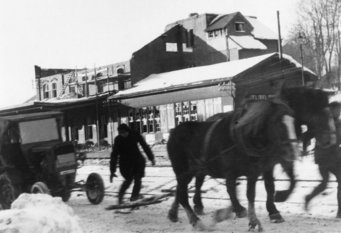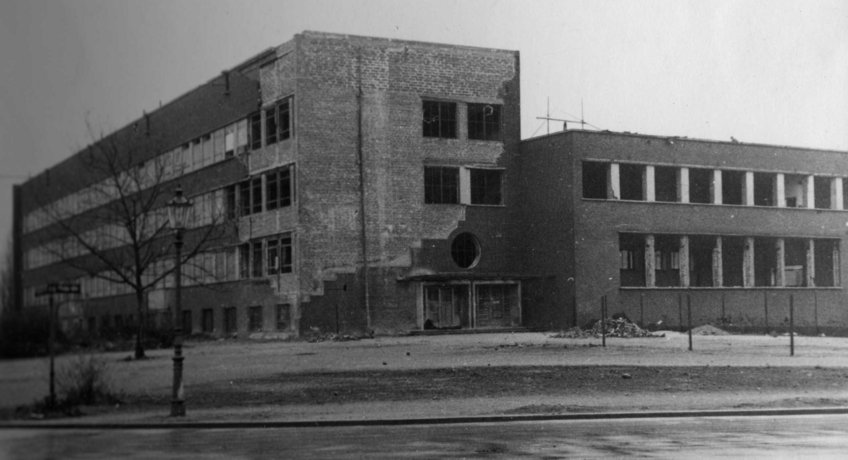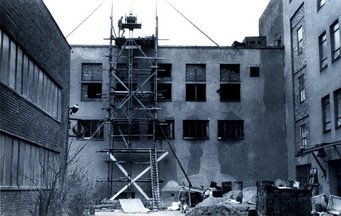07: The Kaiser-Wilhelm-Institut für Eisenforschung during the immediate Post-War Era
During the immediate post-war period, the future of both the Kaiser-Wilhelm-Institut für Eisenforschung (KWIE) and the Kaiser-Wilhelm-Gesellschaft (KWG) was initially insecure.
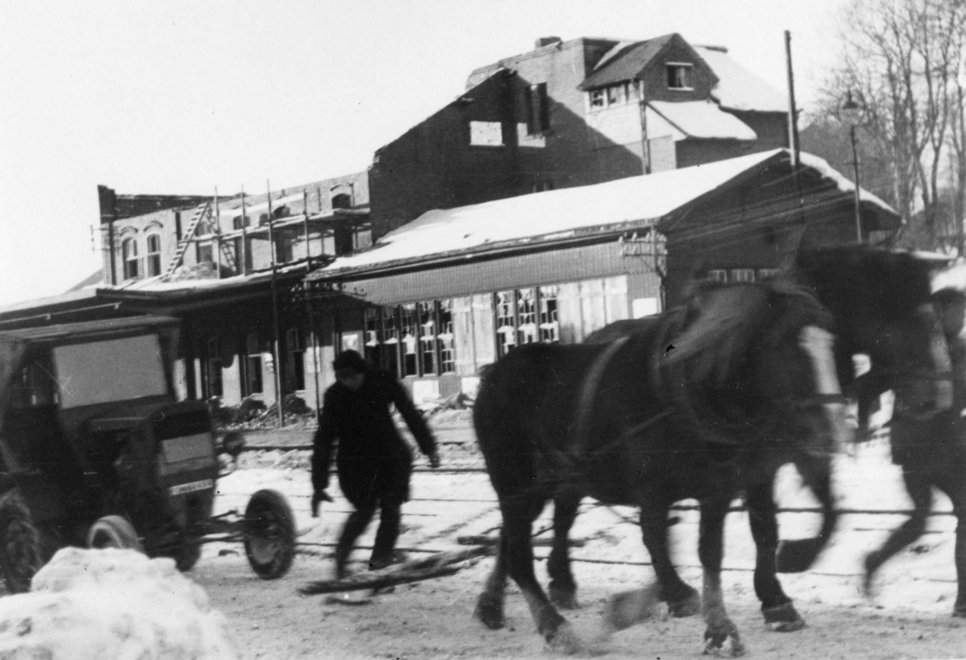
The funding of the institute, which had previously largely come from the German iron and steel industry, collapsed with the end of the war. As a result, the majority of the staff of 200 which were still employed by the institute at the turn of the year 1944/45, had to be dismissed.[1] In addition, the institute struggled not only to obtain the Allies’ permission to work but also to find a way of returning from Clausthal to Düsseldorf. Neither the KWG nor the Verein Deutscher Eisenhüttenleute (VDEh) (Association of German Steel Manufacturers) believed that a change in the management of the institute was necessary after the end of the war. Franz Wever, the director of the KWIE, was discharged from prison in September 1945 and immediately resumed his post at the institute, despite his politically active role during the Nazi era.[2]
From December 1945 onwards, the occupying powers, as part of their endeavours to demilitarise, denazify, democratise and decartelise Germany, discussed the liquidation of the KWG because of its role under the Nazi regime. This also threatened the existence of the KWIE.[3] Since many iron and steel works had lost their own research institutions, either through bombing or through the Allies' policy of decartelisation and dismantling, the steel industry was very interested in preserving the KWIE to enable it to use it directly for research assignments closely related to their plants.[4] The VDEh finally succeeded in raising funds for the fiscal year 1946, for the reconstruction of the main building and the return to Düsseldorf. Relocation from Clausthal to Düsseldorf began in the spring of 1946.[5] On 24th February 1947, the institute, which by now had relocated and had in the meantime been purged of any autarkist and military coherences, was granted permission to resume work by the „Research Branch“, an agency in Göttingen installed by the Allied Forces.[6]
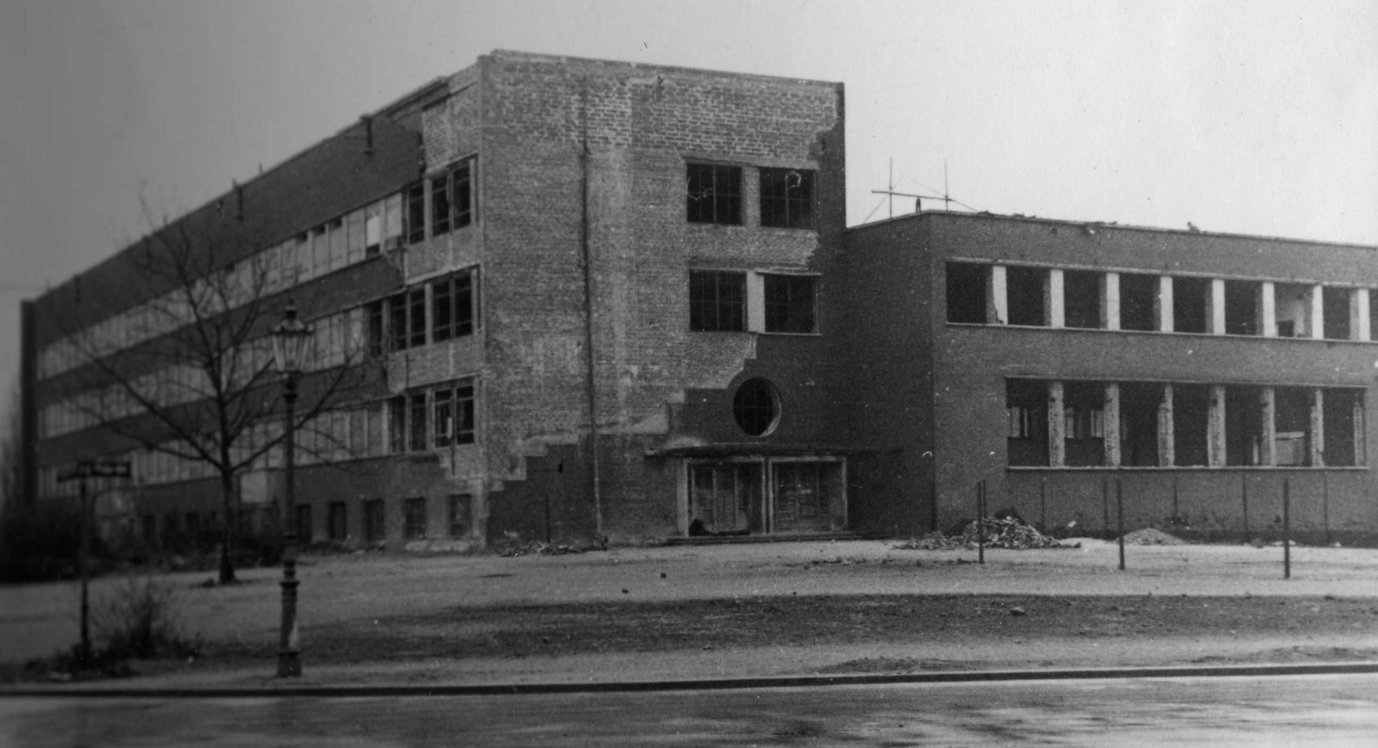
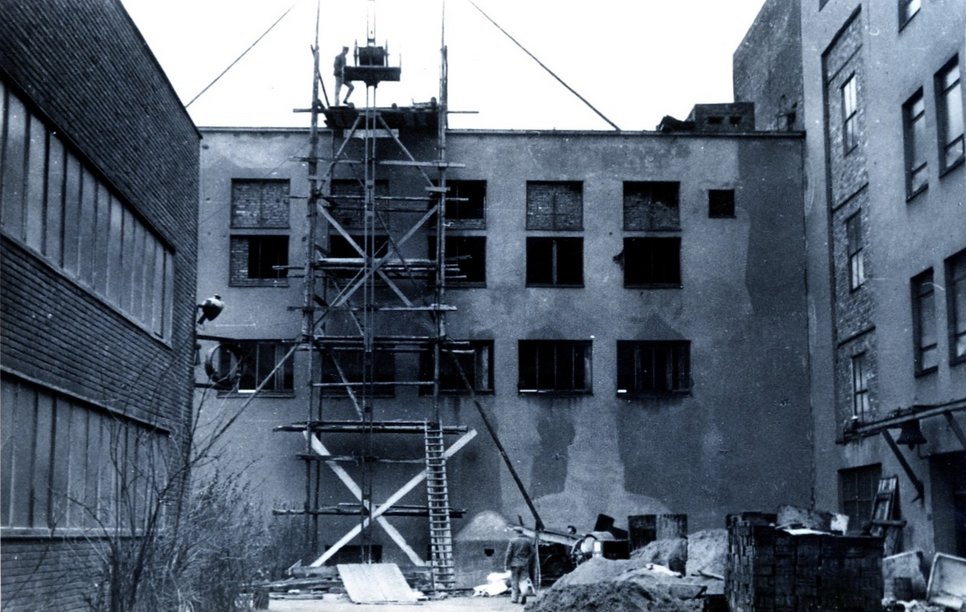
It was initially attributed to British influence among the occupying powers that the Kaiser-Wilhelm-Gesellschaft continued to exist. However, they insisted on changing its name and suggested it should continue its work under the name of the former president of the KWG and physics Nobel Prize laureate of 1918, Max Planck. Planck still enjoyed an excellent reputation abroad and was considered to be free from any burdens of the Nazi era. His son Erwin had been a member of the „Goerdeler-Kreis“ and had been actively involved in resistance against the Nazi regime. After the failed assassination attempt on Hitler on 20th July, Erwin had been executed in Berlin-Plötzensee in January 1945. During that phase of upheaval in 1945/46 Max Planck became acting president of the KWG again until his death in Göttingen at the age of 89 on 4th October 1947.[7] After the transition of the KWG to Max-Planck-Gesellschaft zur Förderung der Wissenschaften (MPG) (Max Planck Society for the Advancement of Science) on 26th February 1948, the properties and the institutes of the KWG successively integrated, and the KWIE accordingly changed its name to Max-Planck-Institut für Eisenforschung (MPIE).[8] From 1949 onwards all MPIE departments were fully operational again, although the institute's ore department was not built up again. For the first time since the end of the war, the number of employees rose again to more than 100 in 1950.[9]
Read how the story continues...
[1] Max-Planck-Institut für Eisenforschung: 10 Jahre Eisenforschung 1945-1954, Düsseldorf, 1955, p. 8 and Flachowsky, Sören: Von der Wagenburg der Autarkie zu transnationaler Zusammenarbeit. Der Verein Deutscher Eisenhüttenleute und das KWI/MPI für Eisenforschung 1917-2009, in: Maier, Helmut; Zilt, Andreas; Rasch, Manfred (publ.): 150 Jahre Stahlinstitut VDEh 1860-2010, Essen, 2010, p. 671-708, p. 691.
[2] Flachowsky: Von der Wagenburg der Autarkie zu transnationaler Zusammenarbeit, p. 690ff.
[3] Ibid., p. 690.
[4] Cf. MPIE: 10 Jahre Eisenforschung 1945-1954, p. 9 and Flachowsky: Von der Wagenburg der Autarkie zu transnationaler Zusammenarbeit, p. 693.
[5] MPIE: 10 Jahre Eisenforschung 1945-1954, p. 8.
[6] Flachowsky: Von der Wagenburg der Autarkie zu transnationaler Zusammenarbeit, p. 694.
[7] Henning, Eckart: Max Planck im „Dritten Reich“, in: Beck, Lorenz Friedrich (publ.): Max Planck und die Max-Planck-Gesellschaft. Zum 150. Geburtstag am 23. April 2008 aus den Quellen zusammengestellt vom Archiv der Max-Planck-Gesellschaft, Berlin, 2008, p. 35-60, p. 54ff; Grüttner, Michael: Biographisches Lexikon zur nationalsozialistischen Wissenschaftspolitik, Heidelberg, 2004, p. 131; Hachtmann, Rüdiger: Wissenschaftsmanagement im „Dritten Reich“. Geschichte der Generalverwaltung der Kaiser-Wilhelm-Gesellschaft (2 volumes), Göttingen, 2007, vol. 2, p. 1089-1095.
[8] Flachowsky: Von der Wagenburg der Autarkie zu transnationaler Zusammenarbeit, p. 694 and. Id.: Das Max-Planck-Institut für Eisenforschung Düsseldorf; in: Gruss, Peter; Rürup, Reinhard (publ.): Denkorte. Max-Planck-Gesellschaft und Kaiser-Wilhelm-Gesellschaft: Brüche und Kontinuitäten 1911-2011, Dresden, 2010, p. 128-135, p. 131.
[9] Flachowsky: Von der Wagenburg der Autarkie zu transnationaler Zusammenarbeit, p. 694 and MPIE: 10 Jahre Eisenforschung 1945-1954, p. 10.
